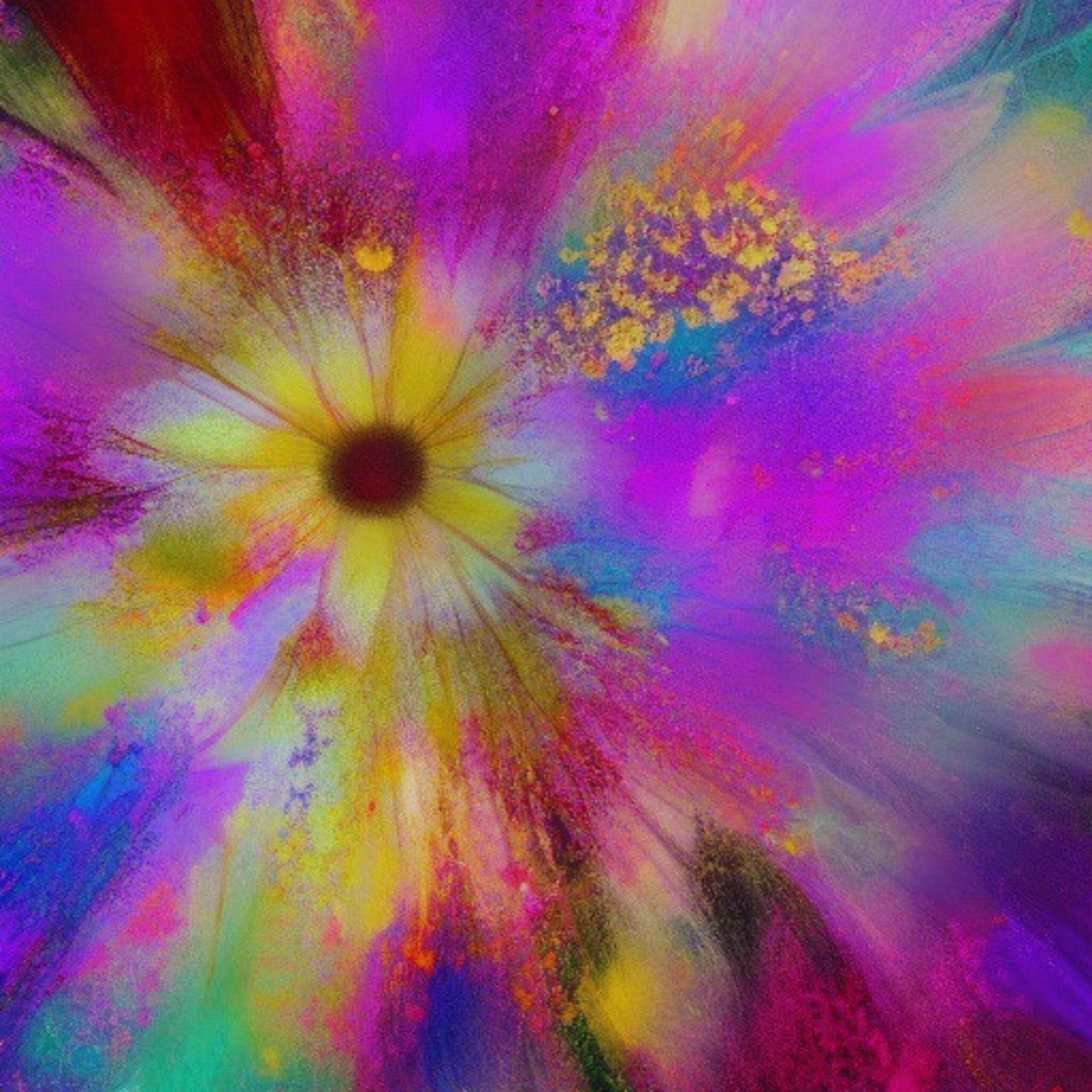Introduction:
MDMA ceremonies, often conducted in therapeutic or ceremonial settings, aim to facilitate profound healing and connection. Understanding what you might experience during and after an MDMA ceremony can help you navigate this intentional and transformative experience. The information in this guide is based on current scientific studies and clinical trials on MDMA:
1. Dosage:
- Facilitators should calculate and administer a carefully measured dose of MDMA based on individual factors and therapeutic goals. General range is 80 – 120 mg initial dose with a booster dose of 40 – 60 mg (half the initial dose) no more than 60 – 90 minutes later.
2. Onset, Peak and Taper Phase:
- MDMA typically takes 30 to 60 minutes to take effect. In this phase people can experience a gentle onset of heightened empathy, relaxation and emotional openness.
- After onset the peak state begins to build and lasts for 2 ½ – 4 hours.
- The taper off stage tends to happen anywhere from 5 – 7 hours after ingestion of the first dose and can last for several hours.
3. Possible Effects During The Medicine Ceremony:
- Emotional catharsis may occur, allowing people to release and process deeply held emotions or traumas in a supportive environment with their facilitator
- Heightened sense of empathy, compassion and empathic rapport promoting a profound connection with oneself and others
- Self-discovery, providing insights into personal challenges, relationships and patterns of behavior
- A sense of healing, forgiveness and a release of emotional burdens
- Reduction in negative distortions of self-relevant facts
- Dampening of fears of social rejection
- Reduced response to negative social experiences and emotional stimuli
- Ability to speak more freely due to lowered fear of social rejection
- Increased feelings of safety and acceptance
- Increased self-compassion
- Changes in mood and perception (sensory enhancement, distortion, illusion without true hallucination)
- Reprocessing of traumatic memories with clearer recall and increased equanimity without emotional numbing or dissociation
- Enhanced therapeutic rapport with facilitator, known to be important for positive outcomes
- Increased ability to confront fear-related memories
- Altered recognition of and response to facial expressions
4. Adverse Physiological/Physical Effects:
- Tachycardia
- Dehydration
- Over Heating
- Hypertension
- Pupil Dilation
- Sweating
- Muscle Spasms
- Fatigue
- Nausea
- Nystagmus (eye wiggles)
- Difficulty Urinating
- Lack of Appetite
- Jaw Clenching/ Teeth Grinding
- Headache
- Dizziness
- Feeling unusually hot or cold dependent or independent of their body temperature
- Muscular, hepatic, renal and central nervous system dysfunction
- Paresthesia- tingling or pins and needles sensation
Other possible behavioral adverse effects are: increased anxiety, panic, irritability and depressed mood.
5. Contraindications:
There are a substantial amount of physical contraindications for MDMA administration. There are also a substantial amount of contraindicated medications and supplements. You should always speak with your doctor and do your own research before ingesting MDMA. There can be some very serious adverse effects and even the risk of death from taking MDMA if you have certain health conditions or are taking certain medications or supplements.
- I do a thorough medical and health screening with my clients to mitigate this risk and I will not cover the large number of contraindications in this blog but here are a few to be aware of: most psychiatric medications, most heart disorders and any supplement that has serotonin activity such as 5-HTP and St. John’s Wort. If taken within a window of time before, during or after MDMA those supplements can cause serotonin syndrome so check your supplements as well and make an informed decision.
6. Post Ceremony Effects:
- Many individuals report a positive afterglow, characterized by increased feelings of well-being, emotional resilience and a greater sense of connection
- Increased neuroplasticity or activation of ‘critical periods’ which are times when the brain can easily learn new skills. This promotes receptivity to implementing new thought patterns and beliefs for 2 – 4 weeks after ceremony
- While the flood of serotonin that happens during an MDMA ceremony is in part what makes it such potent medicine, the drop in serotonin levels after can make you feel down, tired, depressed or flu-like in the days that follow. Some scientific evidence suggests that you can minimize the risk of these side effects from MDMA by taking antioxidant supplements. I provide these for my clients but I will not be making any of those recommendations in this blog. You can do your own research or check these resources out for more info and study outcomes: https://psychedelic.support/resources/supplements-to-reduce-side-effects-mdma/ or https://rollsafe.org/mdma-supplements/
Conclusion:
I invite you to approach an MDMA ceremony with an open heart, clear intentions and trust in the therapeutic process. The guidance of an experienced facilitator, coupled with integration work contributes to a safe and transformative journey. Always ensure that your facilitator is conducting safe and ethical ceremonies in alignment with established protocols from the MDMA clinical trials and somatic psychology. Integration is the most important part of the ceremony, please seek out a trained integration specialist or if you would like tips you can check out the blog I wrote as an integration guide. Please make sure your facilitator is trauma informed and that the medicine has been tested for its purity.You can go to: https://rollsafe.org/ or https://dancesafe.org/ecstasy/ to learn more


